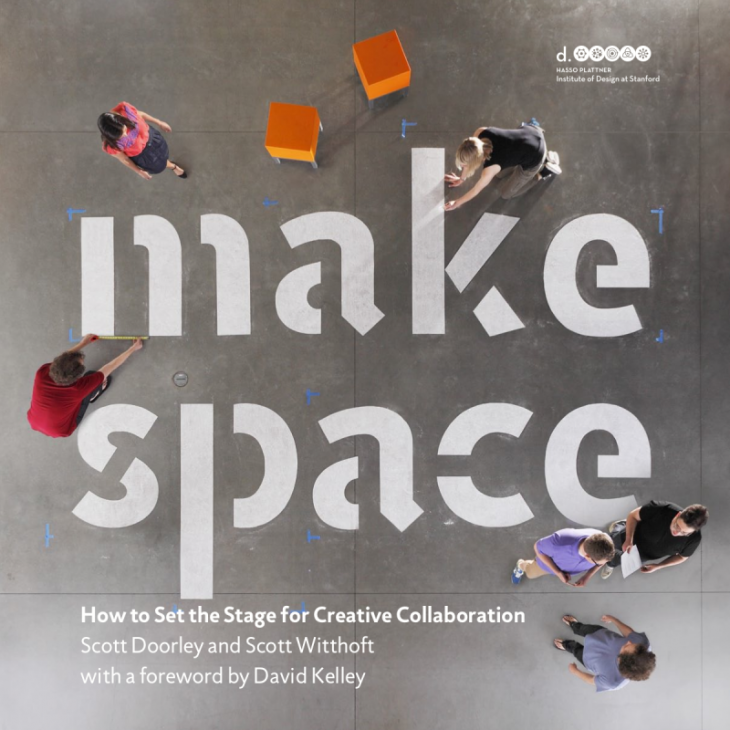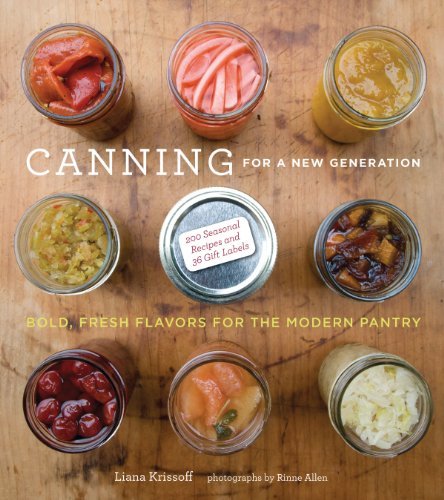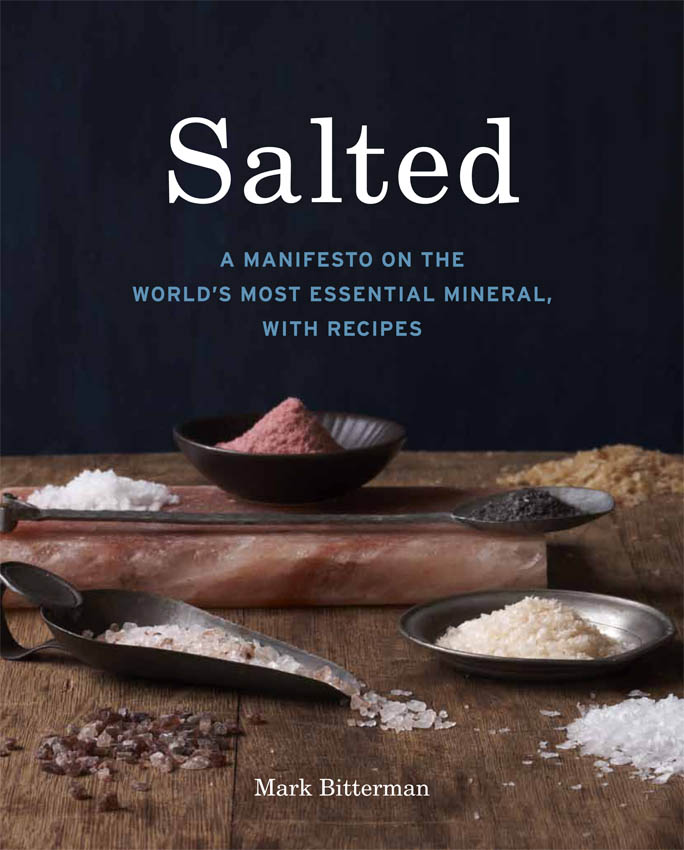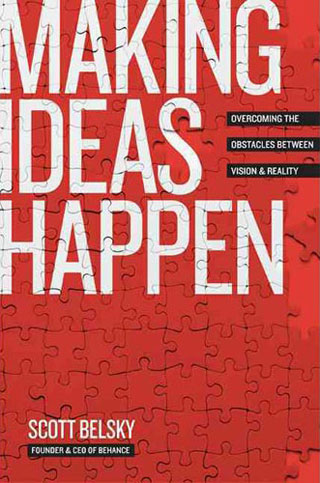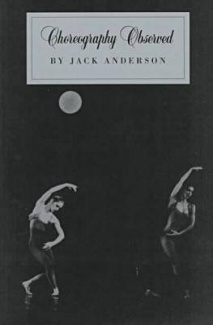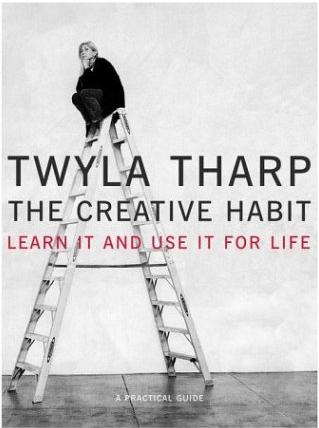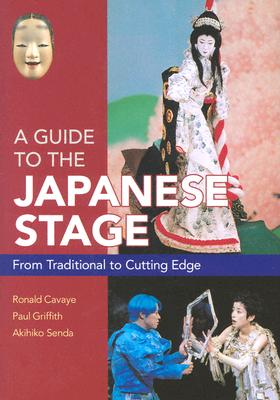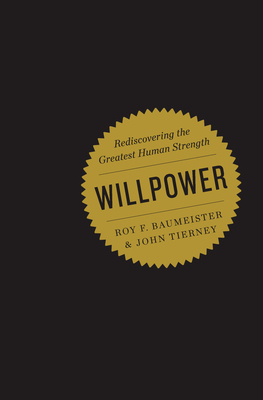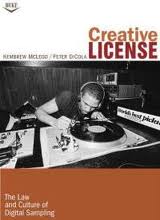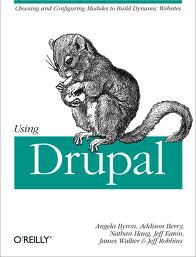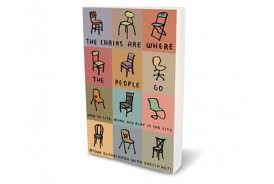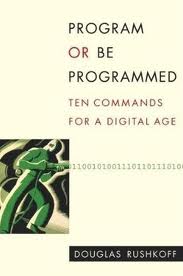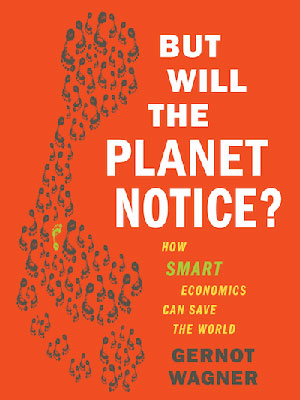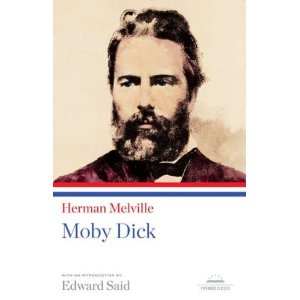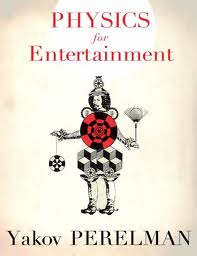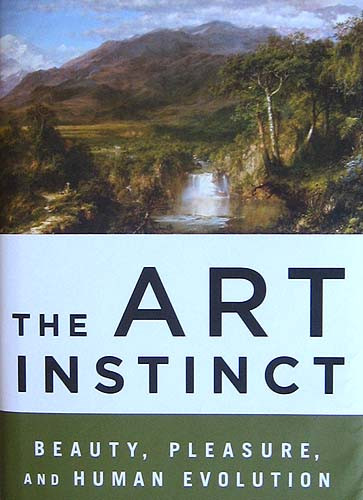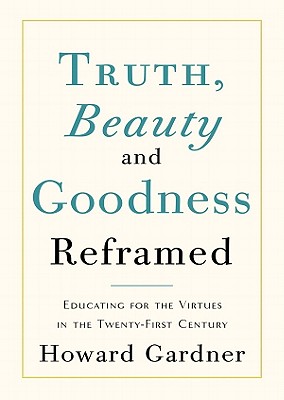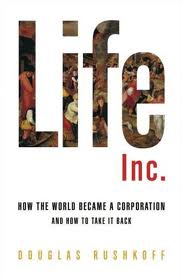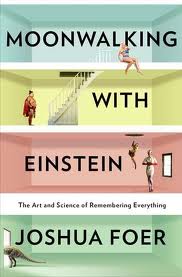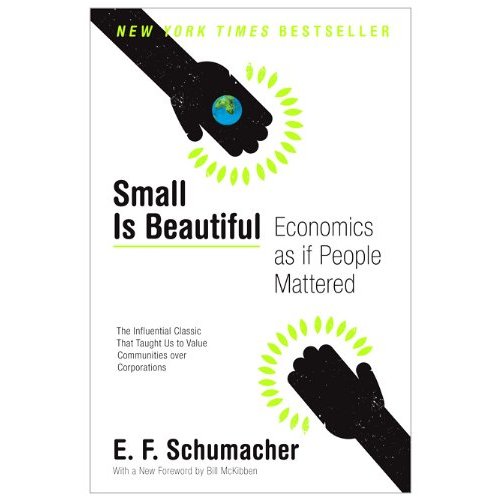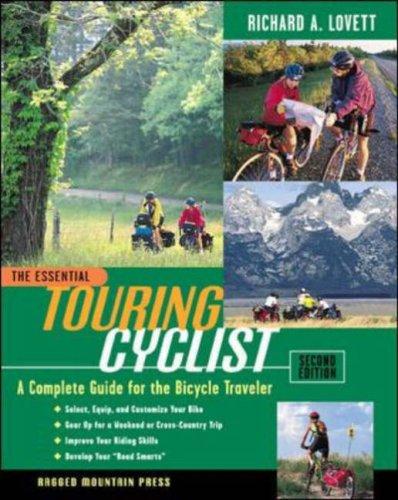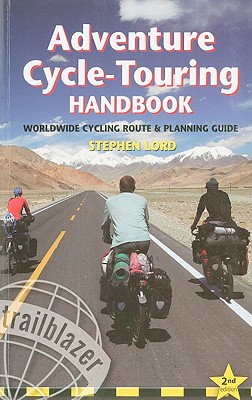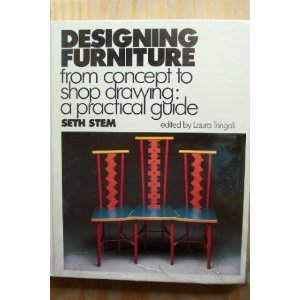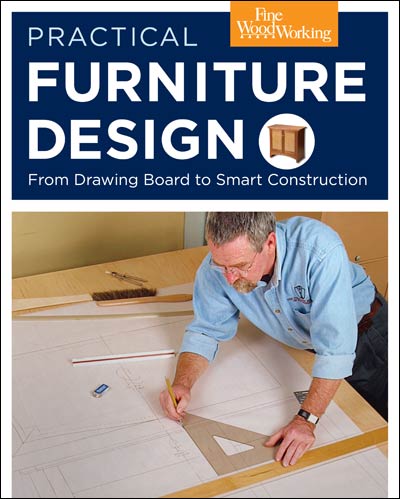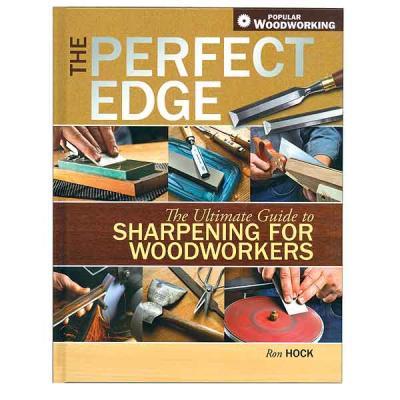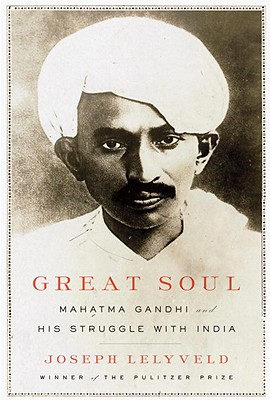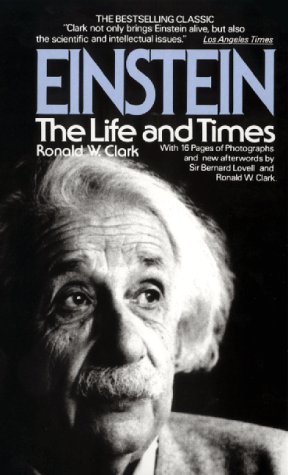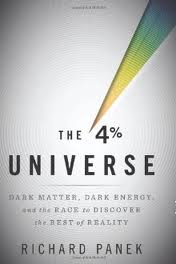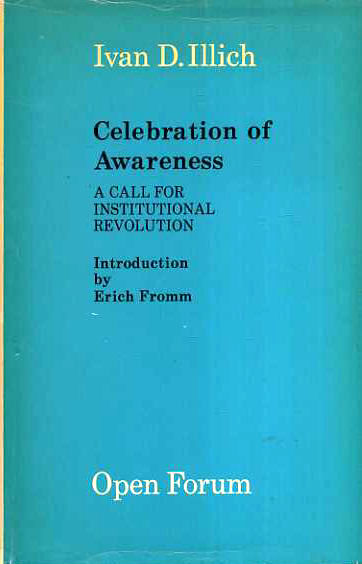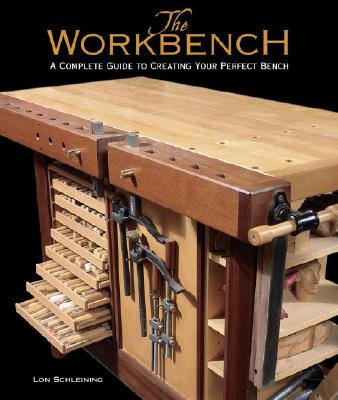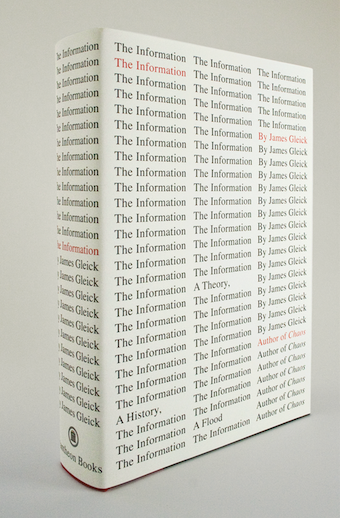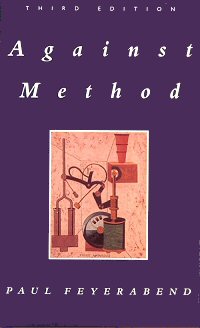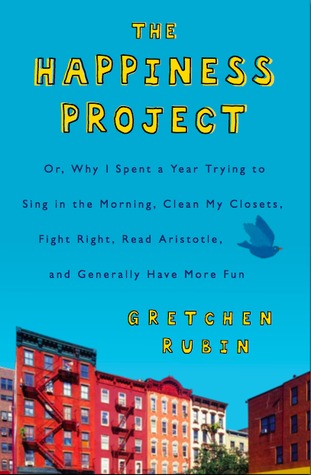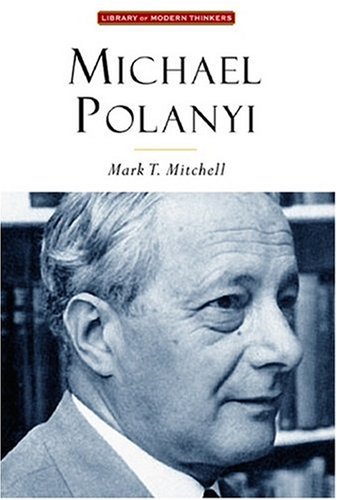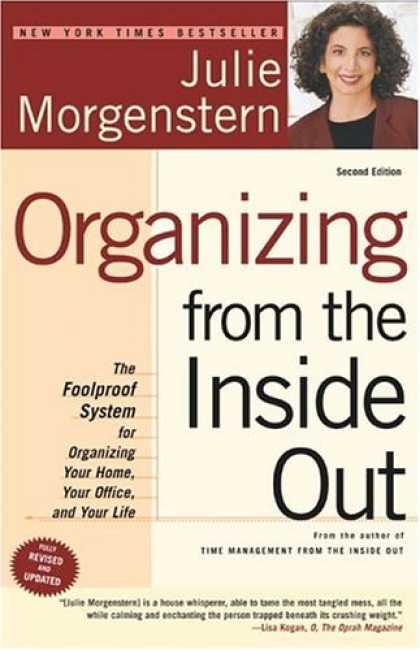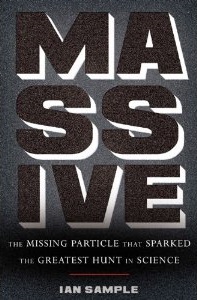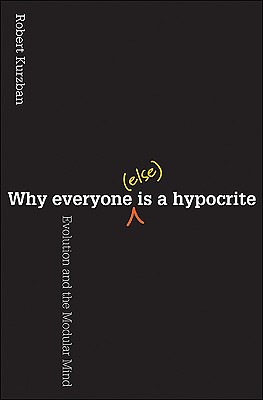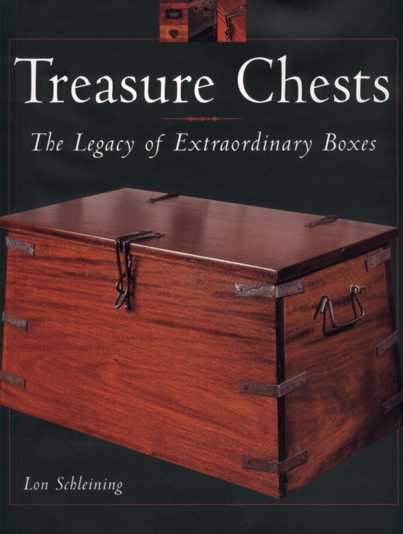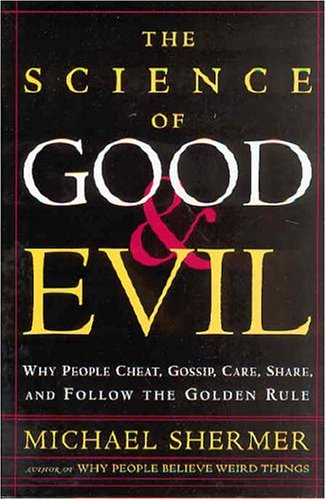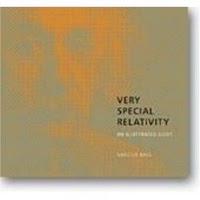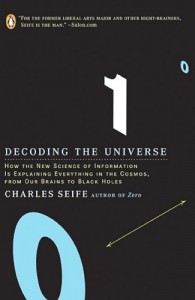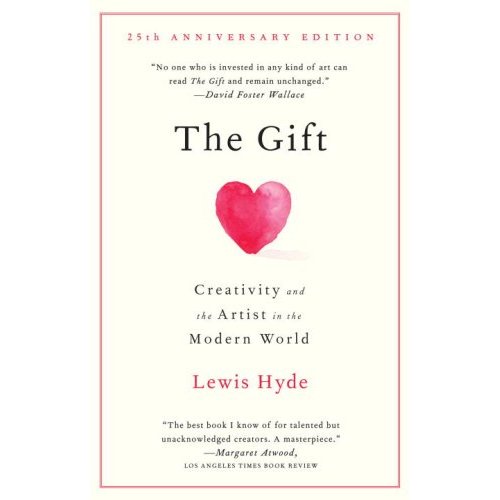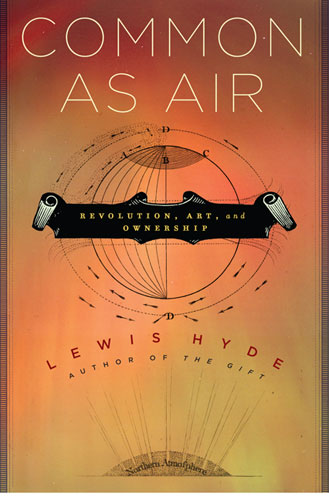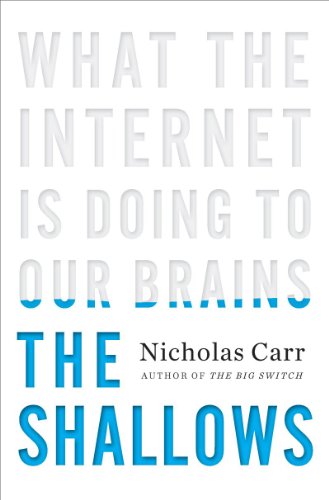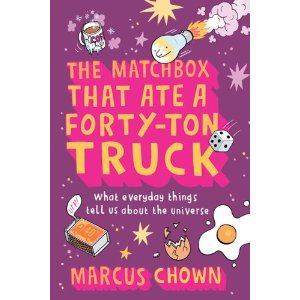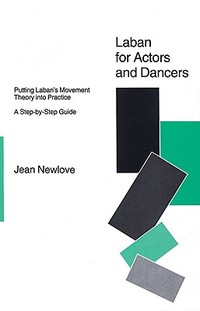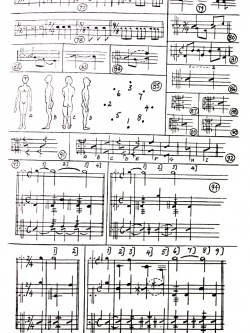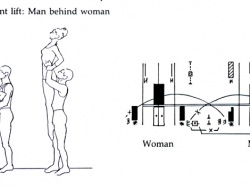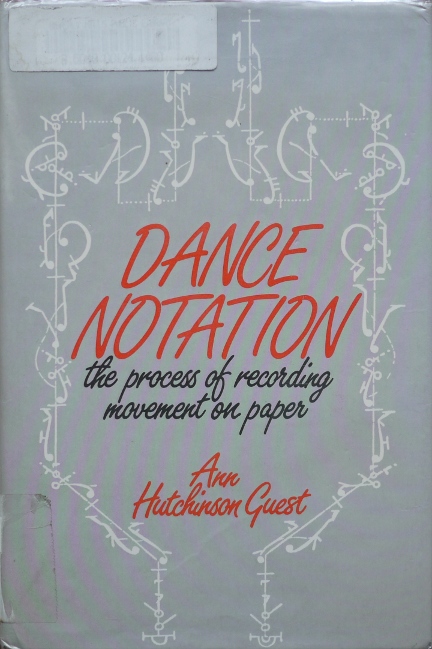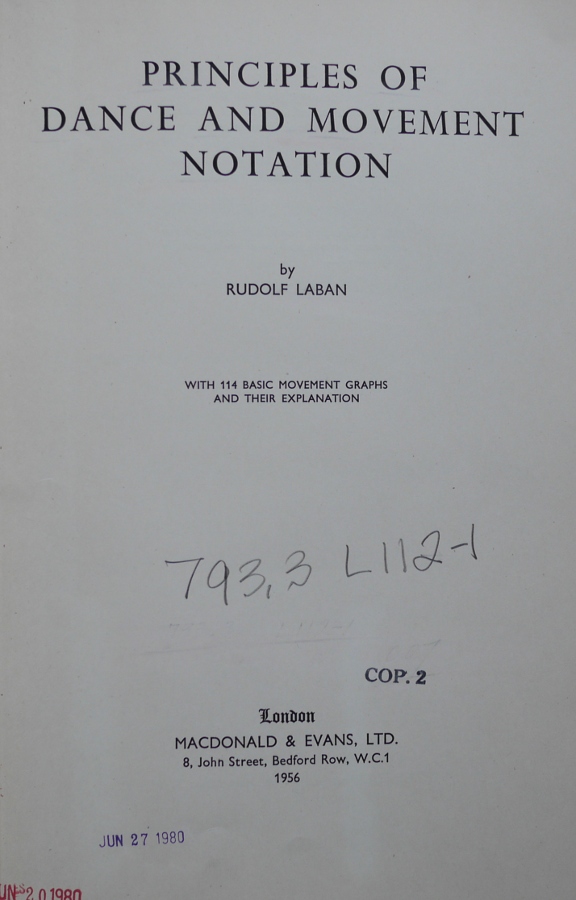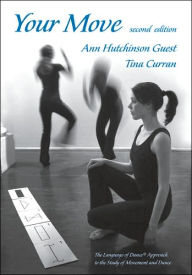[Originally posted at OnEnsemble.org as "Recent book reviews — July 2012"]
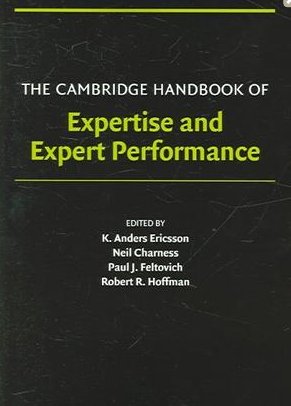
The Cambridge Handbook of Expertise and Expert Performance
K. Anders Ericsson, Neil Charness, Paul J. Feltovich, Robert R. Hoffman
pub. 2006, 901p
source: LAPL
This is an amazing tome summarizing the wide range of research into all-things-“expertise”. Margaret McKenty recommended the book to me after I explained my dream to start a taiko school. Thank you, Margaret! This book inspired all sorts of ideas for better teaching!
The 42 chapters are divided into six major sections. I found “Methods for Studying the Acquisition and Maintenance of Expertise”, “Arts, Sports, and Motor Skills”, and “Gereralizable Mechanisms Mediating Expertise and General Issues” particularly thought-provoking, but even the chapters least related to music, like “Mathematical Expertise”, were worth reading. The book’s central theme, that expertise in all realms requires deliberate practice (more so than “talent”), is demonstrated in a variety of disciplines. I was pleased that my own approach to practice seems to be on the right track. The book was particularly useful to read as an aspiring teacher, re-thinking my dream taiko school as I read each chapter.
Most chapters read like scientific study summaries, starting with a definition of terms, discussing historical context, and then explaining the research. Compared to books on expertise by masters themselves, this approach avoids some of the possible ego and hubris. Although almost every study concludes, “more research is required”, I appreciated the book’s precision in language and even-handedness. The scientific study of a master chess player or athlete seems to me to honor the subject.
Favorite quote: “Expertise is an adaptation”
The classic study by de Groot (1966) in the domain of chess involved presenting chess players with meaningful chess boards for a brief interval, such as 5 seconds, to see how many pieces they could recall by reproducing the arrangements of the pieces on a a blank board. Chess masters were able to recall the positions almost perfectly (consisting of around 25 pieces). Less experienced players, on the other hand, typically recall only about 5 to 7 pieces (Chase & Simon, 1973a). However, when de Grooot (1966) asked the players to find the best move, the masters and the less experienced players did not differ significantly in the number of moves they searched nor the depth of their search, even though the masters were always able to find and select the best move. Likewise, Klein, Wolf, Militello, and Zsambok (1995) found that the first move that expert chess players consider is significantly better than chance.
We conducted retrospective, semi-structured, face-to-face interviews with the individuals who met criteria of exceptional achievement set by experts in their respective fields. … One of the important findings from this study has to do with what we did not find. … Bloom expected that the individuals we studied “would be initially identified as possessing special gifts or qualities and then provided with special instruction and encouragement.” … But .. The individuals in the sample … did not show unusual promise at the start. And, typically, there was no early intention of working toward a standard of excellence in a particular field. … we found that the individuals were encouraged and supported in considerable learning before they were identified as special and then accorded even more encouragement and support.
… internationally recognized concert pianists worked for an average of 17 years from their first formal lessons to their first international recognition; the “quickest” in the group went from novice to tyro in a dozen years. For Olympic swimmers, 15 years elapsed, on average, between the time they began swimming just for fun and the time they earned a place on an Olympic team.
Students progressively adopted different views of who they were, of what their fields of expertise were about, and of how the field fitted into their lives (Sosniak, 1987). These transformations generally followed a pattern reminiscent of Whitehead’s (1929) rhythms of learning — phases of romance, precision, and generalization.
One of the lessons we learned from the project is that no one develops talent on his or her own, without the support, encouragement, advice, insight, guidance, and goodwill of many others. The many years of work on the way to international recognition involved increasing exposure to and participation in communities of practice for their respective talent fields.
This finding has led many of us, even from quite different theoretical orientations, to hypothesize that the central challenge of helping people develop exceptional abilities is that of creating and maintaining the motivation necessary to stay with a field for the many years it takes to develop expertise (Sosniak, 1987; Posner, 1988).
“relative experts are not merely better at doing the same things that others do; they do things differently…”
… an important challenge we face as we continue studying expertise, especially the development of expertise over the long term, is to beware of labeling levels of development below the ultimate as failures. Students who at some point in their development abandon a field in which they may have been selected as a potential elite or may have already demonstrated considerable expertise are not abandoning their talent. They may be choosing to devote their energies in other directions, but the talent they have developed already does not disappear.
… the elite and competitive skaters spent 68% and 59% of their sessions practicing jumps (more difficult practice), whereas the test group was engaged in those activities for only 48% of their on-ice time. … the elite group spent an average of 14% of their total on-ice time on rest, the competitive group spent 31%, and the test skaters, 46%. … the elite skaters utilized their on-ice time more effectively than the other groups by practicing the critical elements for a higher proportion of their on-ice practice time…
Although the three groups of skaters in this study had spent a similar number of years practicing, the actual active practice time would be in the order of 13% to 46% lower than the reported hours of scheduled practice.
… expertise of the highest order is most likely to appear in a particular sociocultural context.
2. The specific location of the peak (of performance) as well as the magnitude of the post-peak decline varies according to the particular domain of creative achievement. In some fields such as lyric poetry and mathematics the peak arrives relatively early and the age decrement is usually large, whereas in fields like history and geology the peak comes later and the ensuing decline is minimal
3. Properly speaking, the age functions just described above are based on career age rather than chronological age. …
Expert teams are composed of members who anticipate each other’s needs.
… families of high-achieving children changed their lives to accommodate the needs of their talented offsprings, for example, by exempting them from household chores to give them additional time to practice.
… the number of hours necessary for achieving particular levels of performance is not a constant across all musical instruments. … Pianists and violinists tend to be practice fanatics … followed by other strings, organ, woodwinds and brass, closing with the singers at the bottom of the list.
… the piano teacher Matthay (1926), … remarked that slow practice without actually imagining the upcoming note “is only a useless fetish” …
Practicing is an effortful activity and a skill per se that has to be learned. … A number of studies revealed that (adult) supervision during practice is important for beginning musicians.
Whereas the focus of attention in novices is directed toward technical, low-level aspects, experts attend to higher-level, strategic or aesthetic issues, a finding also demonstrated for composing … and improvising …
Focal dystonia, a condition where, for instance, fingers start to perform involuntary movements when other fingers are activated, may be due to an overlap of expanded cortical representations…
… among the 44 dance teachers who responded, the majority employed both kinesthetic imagery and metaphorical imagery (“Imagine you’re moving through water”). The teachers reported that such metaphorical imagery was highly effective in getting dancers to move slowly and smoothly from one location to another.
… both common and uncommon movements were remembered equally well as long as the participants (non-dancers) performed them or imagined themselves performing them.
… it is nearly impossible to find meaningful differences between the factors affecting the acquisition of perceptual motor skills and those affecting the acquisition of intellectual skills…
If participants are given frequent feedback about their performance on perceptual-motor tasks, their performance in the short term is better than if they are given infrequent feedback. However, their performance in the long term is better in both domains if they are given infrequent rather than frequent feedback during training.
One instruction encouraged participants to focus on swinging their arms, whereas the other instruction encouraged participants to focus on swinging the club. The latter instruction, which provided an external focus for the golfer’s attention, was associated with more accurate pitch shots than the former instruction.
… independently of age, experts performed better than amateurs on all music-related speeded tasks, that is, speed was positively related to expertise but the relationship to age was not significantly different from zero. The single best predictor of performance on all music-related tasks was the amount of practice participants had maintained during the previous ten years.
… people are able to reach world-class levels in fewer than ten years in activities that lack a history of organized international competition.
All groups of expert violinists were found to spend about the same amount of time (over 50 hours) per week on music-related activities.
The key empirical observation is that people can increase their typing speed by exerting full concentration toward improvement.
The perspective of deliberate practice attributes the rarity of excellence to the scarcity of optimal training environments and to the years required to develop the complex mediating mechanisms that support expertise. Even children considered to have innate gifts need to attain their superior performance gradually, by engaging in extended amounts of designed deliberate practice over many years. Until most individuals recognize that sustained training and effort is a prerequisite for reaching expert levels of performance, they will continue to misattribute lesser achievement to the lack of natural gifts, and will thus fail to reach their own potential.
Expertise involves self-regulating three personal elements: one’s covert cognitive and affective processes, behavioral performance, and environmental setting. These triadic elements are self-regulated during three cyclical phases: forethought, performance, and self-reflection…
For example, (tennis) experts reported technique goals such as “toss the ball properly,” whereas non-experts reported general goals such as “concentrate,” and novice learners fail to set foals for themselves at all. In other research, learners who set a combination of process and outcome strategies performed better than learners who set singular goals… Process goals refer to improving one’s strategy or technique, whereas outcome goals refer to enhancing the results of performance…
Social cognitive researchers have identified four key self-motivational beliefs that underlie efforts to self-regulate: self-efficacy, outcome expectations, task interest/valuing, and goal orientation.
Approximately 80 to 85% of expert athletes… consider mental imagery to be an asset in their training…
A person’s records are more effective if they track not only his or her performance but also the conditions that surround it, and the results that it produces.
… when errors are attributed to uncontrollable sources, such as an opponent’s luck, learners display negative self-reactions and diminished attainment of skill. By contrast, when errors are attributed to controllable sources, such as one’s strategies, learners experience positive self-reactions and increased skill.
There is evidence that experts are more adaptive, rather than defensive, in their self-reactions, preferring to adjust their strategy rather than to avoid the task.
… teaching athletes to select specific goals can lead to their selection of specific strategies to achieve those goals.
The group means ranged in order from lowest to highest as was predicted: no practice control group, practice-only control group, one-phase training (forethought phase), two-phase training (forethought and performance phase), and three-phase training (forethought phase, performance phase, and self-reflection phase). … the three-phase group and the two-phase group took significantly fewer practice shots than both the one-phase and practice-only control groups, perhaps because they were called on to self-record their shooting techniques at various points during the practice session. Thus, the quality (i.e., defined in terms of self-regulatory sophistication) of these novices’ practice methods proved to be more important than the quantity of their practice (i.e., number of shots taken).
… professional musicians showed remarkably poor performances on tests of musical talent
Krampe and Ericsson (1996) studied expert and amateur pianists of different ages, with a combination of experimental and psychometric measures of ability, along with self-report and diary data recording time investment in deliberate practice and other activities. The expertise-related abilities tested comprised virtuoso skills like maximum repetitive tapping and speeded multi-finger sequencing tasks, but also non-speeded tasks such as memorization of sequences and (rated) expressive musical interpretation. In line with results for typists and chess experts, the authors found that older professional pianists showed normal age-related declines in measures of general processing speed, such as choice reaction time and speed of digit-symbol substitution. However, though age-effects within the amateur group, with regard to expertise-related measures of multiple-finger coordination speed, were similar to those pertaining to the general speed measures (e.g., choice reaction time), they were reduced or fully absent in the expert sample. Taken together these findings led to postulation of an age-by-expertise dissociation of mechanisms underlying general processing versus expertise-specific processing.
The good news emerging from research on expertise and learning is that older adults can maintain high levels of skill through their own deliberate efforts, at least up to the third age (i.e., until age 70).
A professional can easily out-source diagnosis and treatment to specialists. In fact, a normal doctor who runs his or her own practice uses the help of specialized firms or coworkers for the analysis of blood and tissue.
… from Ericsson’s proposal: (1) expertise is necessary for creative accomplishment; (2) creative advances develop as the result of new techniques and skills; (3) creative advances extend the boundaries of the field of endeavor.
… the ubiquitous idea that creativity requires that we think “outside of the box.” Expertise, however, involves encapsulation of the past, so expertise would seem to be in conflict with the needs of the creative thinker…
(often labelled a “prodigy”,) Mozart learned his craft over many years, under the watchful eye of a professional teacher.
Siqueiros and his colleagues were Communist in their politics, and one of their goals as artists was to bring art down from what they saw as its exalted position among the elite and to make it more accessible to the masses. One way to bring this about was to use modern materials — including industrial paints available in cans, in place of traditional oil paints in tubes — and to replace traditional methods of painting, including the brush, with modern methods, such as airbrushing paint onto canvas.
Creative achievements, on the other hand, even radical and groundbreaking ones, typically do not go beyond the old in a quantitative way. Radically new approaches are not important because they are better than old approaches; they are important because they are different.
